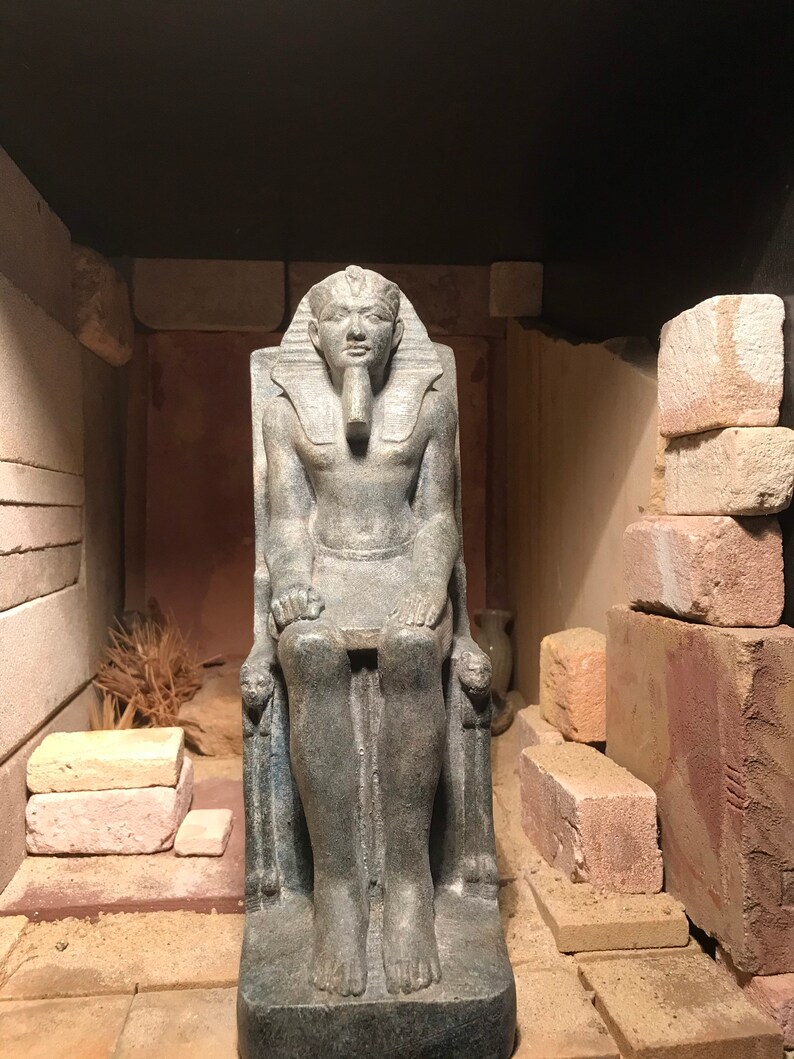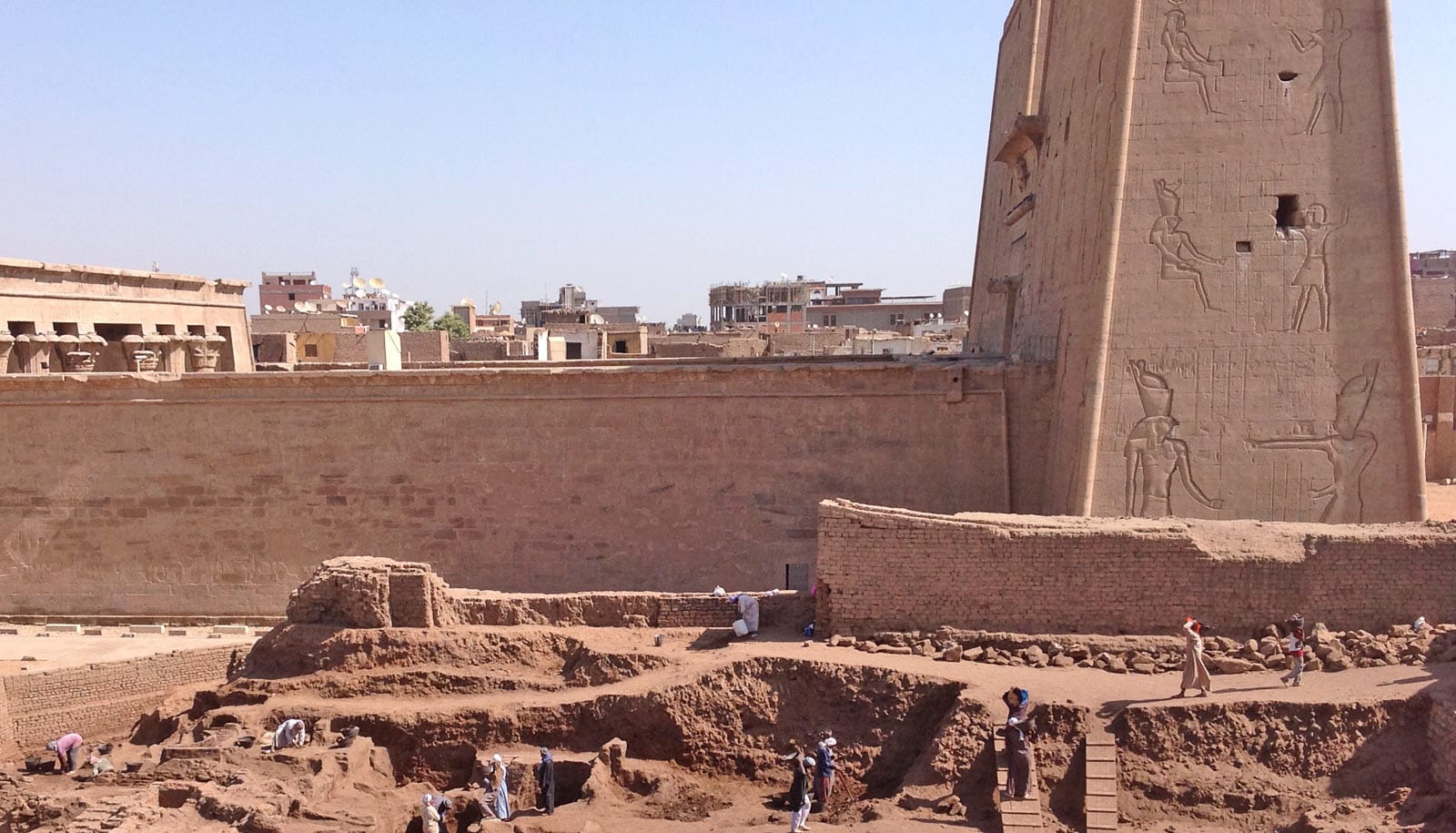

Unlike other pharaohs Ramesses also in addition to his own building program, usurped many structures built by previous rulers of Egypt. Ramesses write on many of the temples that the buildings were an immense scale because they were to survive for eternity. The colossal size of Ramesses buildings was significant as no pharaoh had built at such a large scale. His Royal name and cartouche were inscribed severely to insure that they could not be removed by his descendants and emphasised his relationship and honour of the sun god, Ra by letting the maximum amount of daylight enter the temples. To ensure his remembrance and eternal life Ramesses altered the methods of building. Each of these buildings was dedicated to a god, mainly Re-Horakhty, Amen, Nefertari, Himself and Ptah. Most well-known of his building structures are the Ramesseum, Hypostyle Hall at Karnak, Temples at Luxor and Abydos, New capital – Pi-Ramesses and the Temples at Abu Simbel. He then went on to build countless other buildings, recognised for their size and number. Immediately after the death of Seti I Ramesses completed his father’s Temple at Thebes. Ramesses began gaining building experience during his time as heir and co-regency with his father Seti I. This allowed Ramesses to construct numerous buildings within Thebes, Nubia and Memphis. Ramesses the II lived for almost seventy years, reigning Egypt for a longer time span than many other pharaohs throughout history. By inscribing the pharaoh’s name on many of the erected buildings he also insured his remembrance throughout history and his survival in the afterlife. By building numerous temples the pharaoh demonstrated the power he had in Egypt and also acknowledged the gods and honoured them. You will have the responsibility of defending cities from foreign military attacks, making plans to attack and joining your forces on Pharaoh's own call.As a pharaoh, the construction of buildings was an important aspect of the Kings role.
#Builders of egypt pharaoh full#
It will not be just a graphic feature - the building process is costly and will have an impact on the finances or the public mood.Įgypt's history is full of clashes of emerging and failing empires. A team of carpenters, masons, architects and ordinary workers will rise building step by step. You will be able to observe the slow process of construction. What would the real Ancient Egypt be without its monumental sacred architecture? There are mastabas, obelisks, Karnak among others, the Ramesseum and of course the pyramids that are waiting to be built. Therefore, in the interest of the player, producing goods for export at prices that will be able to change dynamically depending on the geopolitical situation, will be required. Without it, it is very difficult for economic stability built solely on taxes. Trade is the most important element in royal treasury. Neglecting this sphere may result in a dangerous social unrest on a par with e.g. The main aspect of religion will be satisfying the need for access to the places of worship, providing supplies for temples or organizing festivals. Moreover, the total lack of obedience to the rulers may end up with a civil war.ĭeity will be able to interfere with daily life but it will be done implicitly.
#Builders of egypt pharaoh series#
A series of wrong choices can cost the loss of trading partners and low interest in the city by settlers. Costly expeditions, Pharaoh and other cities requests, military threat and a mixture of different cultures will be a commonplace.


The governor will face very difficult choices to be made in a constantly changing political environment. Well-designed city will greatly improve economic efficiency which may convert into city income. The most important aspect is the skillful management of urban planning by shaping the grid of streets, placing buildings and their mutual relation. The story starts in a little-known protodynastic period in which you will be able to observe the birth of the Old Egypt and finished with the death of Cleopatra VII. Builders of Egypt is an economic type of city-building taking place in the valley of the Nile.


 0 kommentar(er)
0 kommentar(er)
